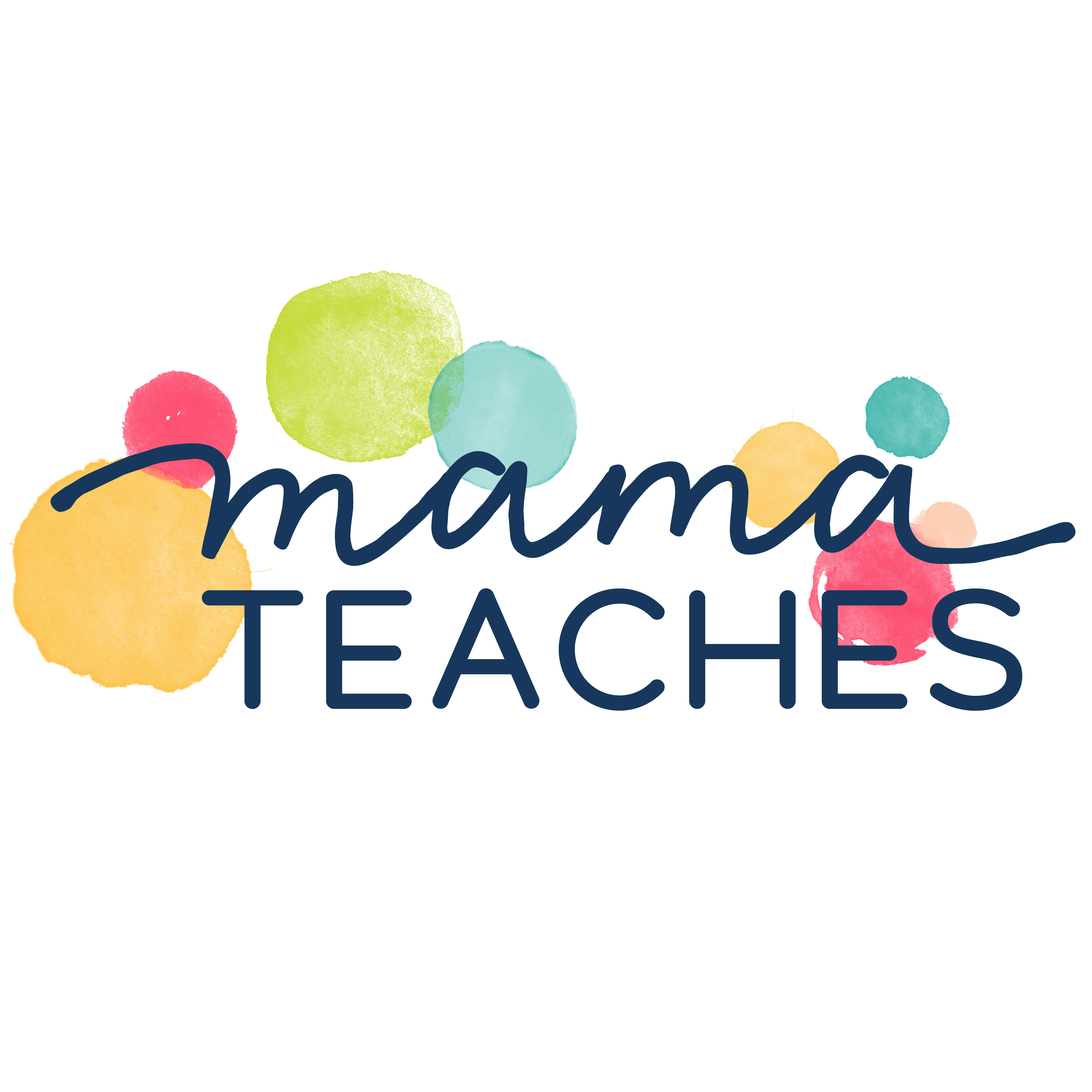It’s not hard to teach opposites–it’s easy!
Read on to learn just how to teach opposites to kids.
Teaching Opposites to Kids
If you want to know how to teach opposites to kids, you’ve come to the right place.
Kids are more than happy to learn about opposites (also called antonyms) if you present them in a fun and memorable way.
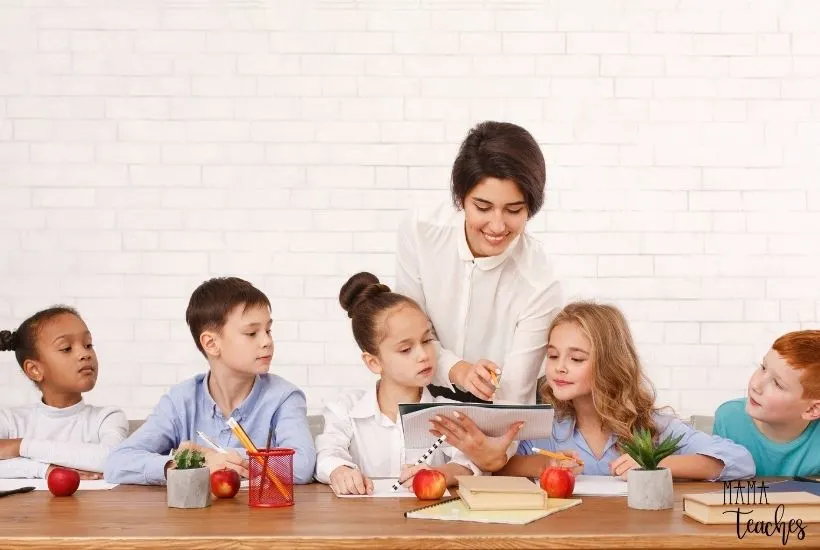
This article contains affiliate links to things that you might like.
Why Teach Opposites?
Teaching opposites is more than just basic memory work; it has practical benefits.
We are communicators, and words are our primary means of communication.
If we want others to understand our ideas, we need to a) fully understand what words mean and b) choose the appropriate words.
Think about the word good.
It seems basic until you notice it has many different meanings.
Consider these sentences:
- This ice cream tastes good.
- Be good for the babysitter.
- You look good.
- Do good to others.
To fully understand the meaning of the word good, you have to know its definitions, and knowing its opposites is a large piece of that understanding.
When you consider the opposite, the meaning of the word becomes clear.
It also gives you a chance to choose a better, more precise word.
- This ice cream tastes good. (vs. disgusting)
- Be good for the babysitter. (vs. unruly)
- You look good. (vs. unattractive or sloppy)
- Do good to others. (vs. harm)
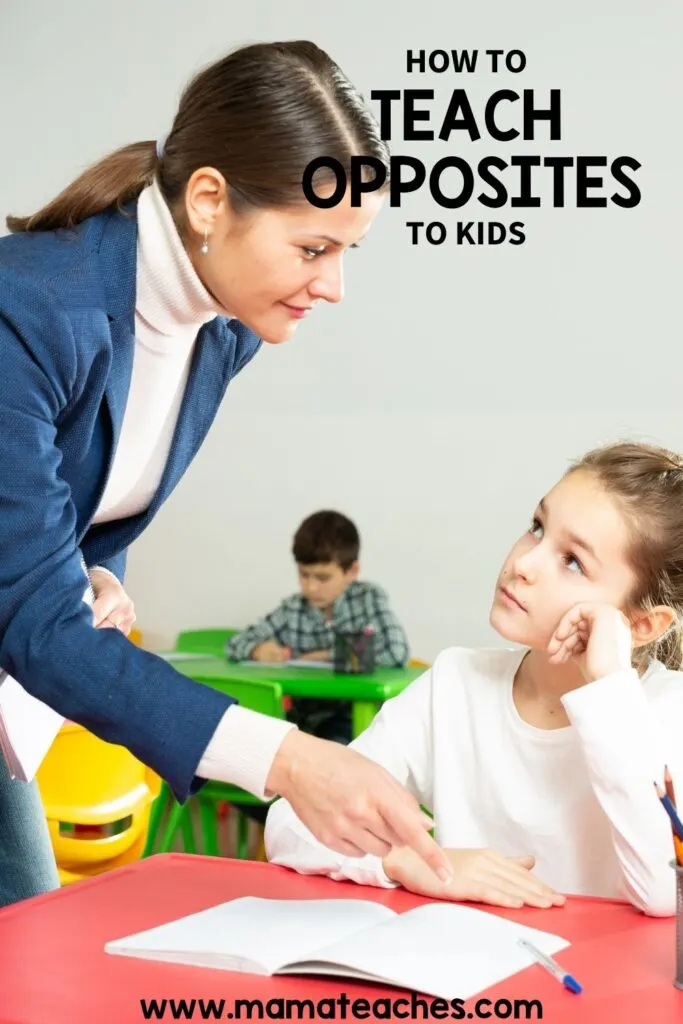
Activities to Teach Opposites
These activities make teaching opposites simple and fun!
Color Me Opposite
Use cardstock paper circles or index cards.
On one side of the circle write a word and have the child illustrate it.
On the other side, write its opposite/antonym for the child to illustrate.
You can use these homemade flashcards to drill opposites, or you can attach them to a piece of string and dangle them from a clothes hanger to make mobile art.
Opposite Matching
Kids love matching, and you don’t need to limit this activity to paper.
Turn a matching game into a race by writing a list of words on a whiteboard.
Then give the student an index card with an opposite word on it.
He must race to the board and tape it next to its antonym.
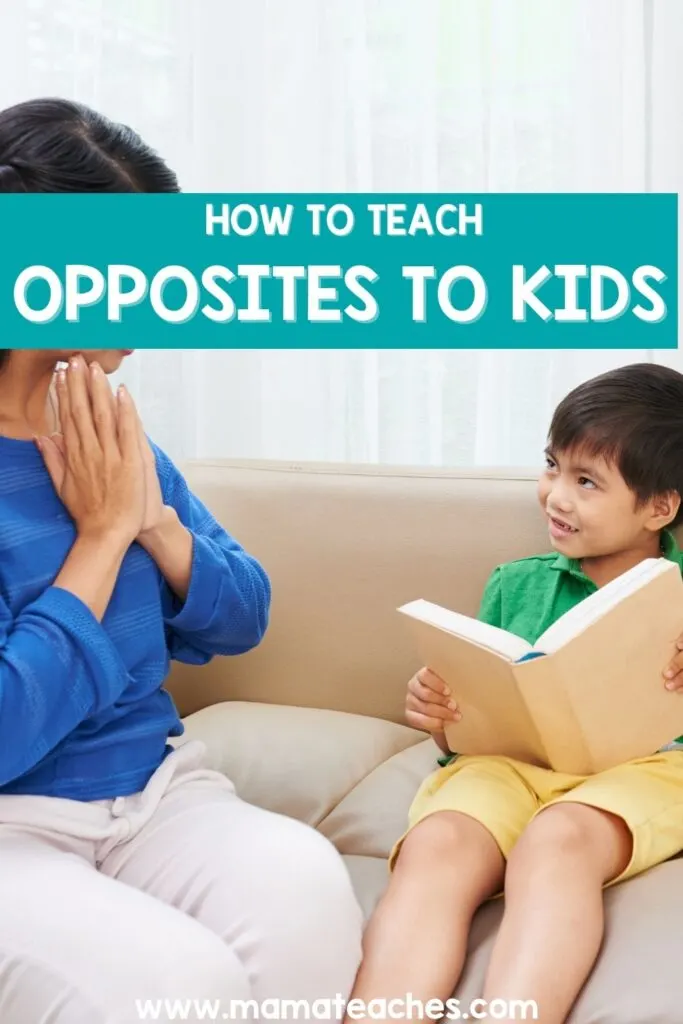
Opposite Day
Do you remember the clever childhood retort, “It’s Opposite Day! Whatever you say, it’s the opposite!” (It sounded so much cooler when we were young.)
Turn that idea into a Simon Says reboot.
Whatever you say, the child has to do the opposite.
Try these commands.
- Stay completely still.
- Yell.
- Stand up.
- Smile.
- Raise your hands high.
- Jump forward.
- Clap low.
- Cry.
- Step backward.
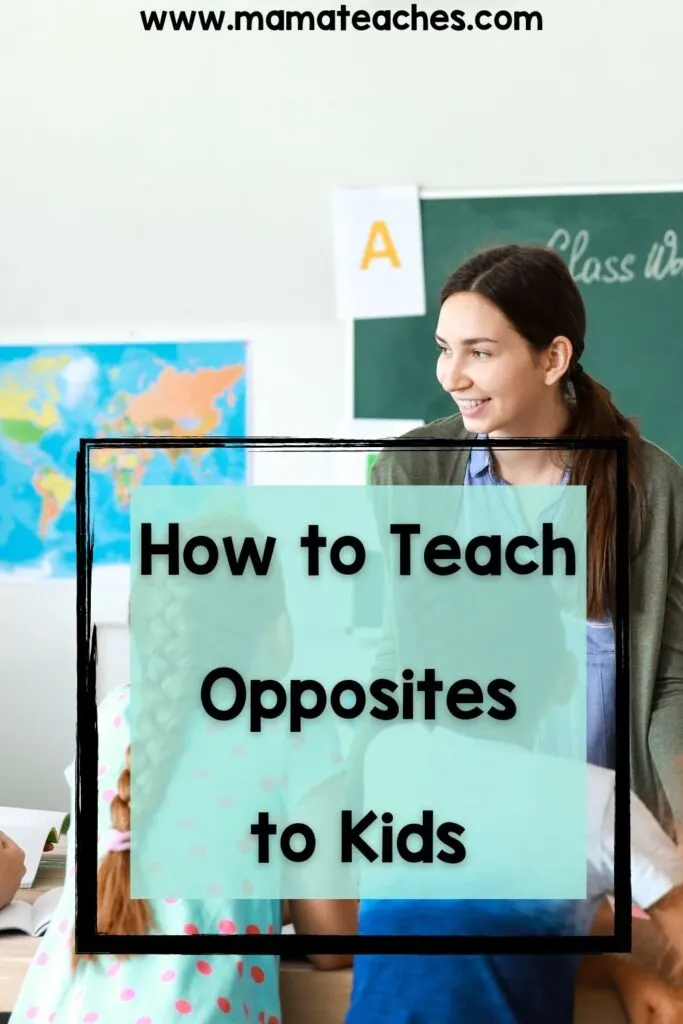
Opposite Speed Round
Once your child has a good grip on opposites, set a timer and see how many opposites she can name.
You say a word; then she says the antonym.
Silly Sentence Switch
Write a sentence with an underlined word.
Have the child swap out the word with its antonym and watch the silliness ensue!
Here are some examples:
- Thank you for dinner. That meal was the best I’ve ever had!
- I’m afraid of the dark.
- Sad stories always make me cry.
- The best movies are those in which the good guy wins.
- May I have more of those crispy chips?
- I love to go to the water park and get wet.
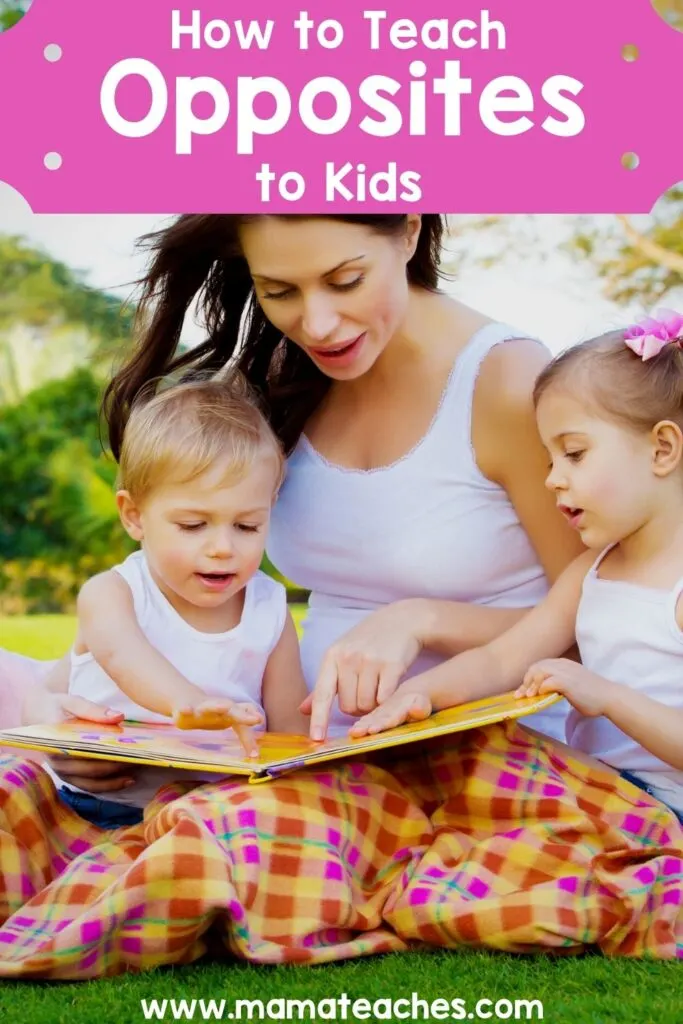
List of Opposites
Here are some opposite word pairs to use in your games and activities.
- light/dark
- dry/wet
- happy/sad
- nice/mean
- big/little
- light/heavy
- tasty/disgusting
- high/low
- quiet/loud
- dangerous/safe
- forward/backward
- near/far
- hard/easy
- early/late
- slow/fast
- beginning/end
- fail/succeed
- awake/asleep
- best/worst
- sweet/sour or bitter
- broad/narrow
- build/destroy
- common/rare
- cold/hot
- day/night
- down/up
- empty/full
- friend/enemy
- brave/fearful
- float/sink
- inside/outside
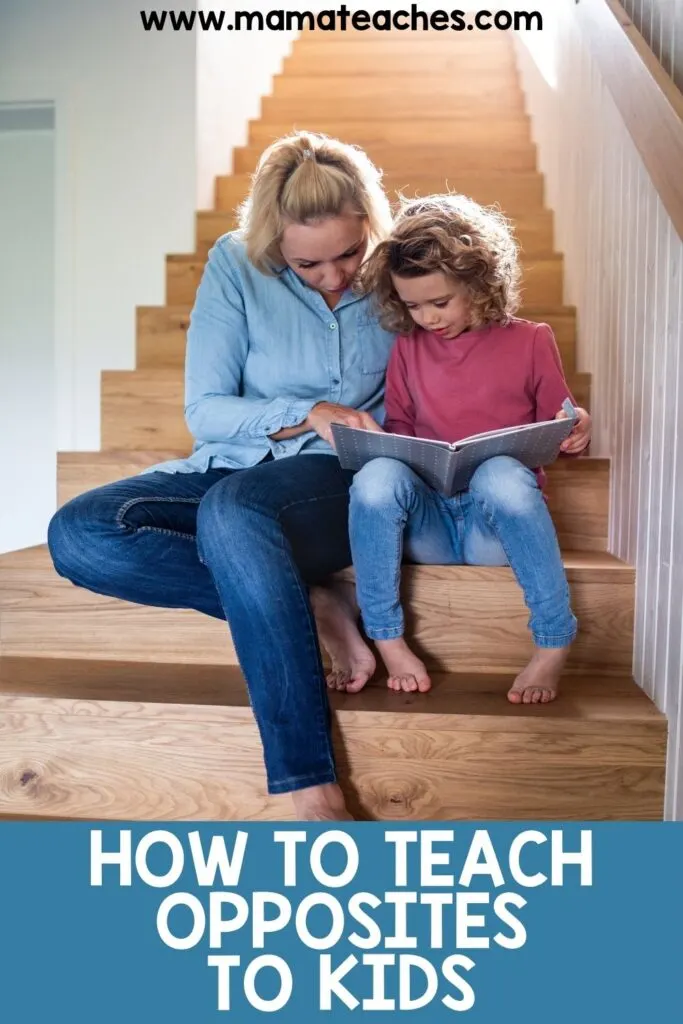
How to Teach Opposites to Students
Now that you know how to teach opposites to kids, give it a try!
You will soon find their language skills flourishing.
